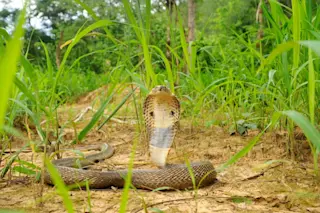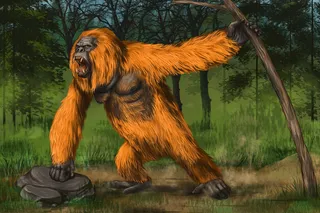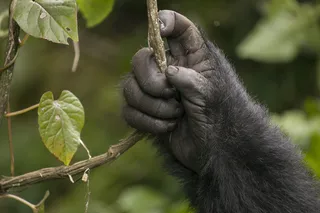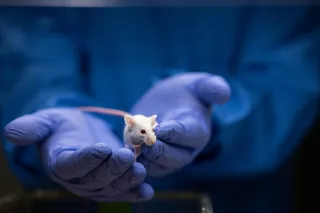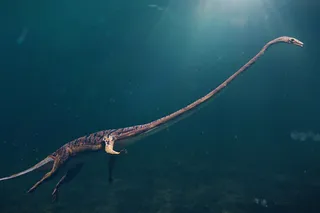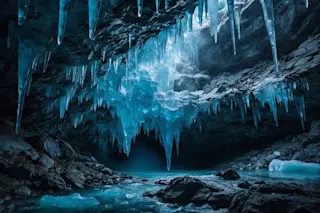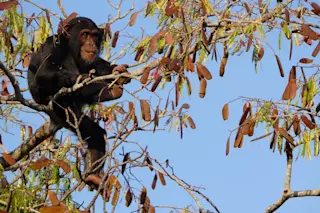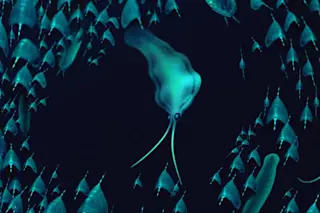A monocled cobra, Naja kaouthia. Photo Credit: Tontan Travel Vishal Santra got more than he bargained for when he peered into a chicken coop in the Hooghly District of West Bengal, India in 2004. He was helping the local community with dangerous snake removals when he was called upon to wrangle an unwelcome guest in a fowl pen: a monocled cobra, Naja kaouthia. Monocled cobras, which can reach lengths of about 5 feet, are highly venomous animals, so Santra knew to avoid a quick strike. But the animal didn't lunge—instead, from over a foot away, the serpent spat at Santra's face, getting a small amount of venom into his eye. Santra, a wildlife consultant for Simultala Conservationists, might have been more prepared for the defensive shot if the snake were one of the monocled cobra's close cousins. There are fourteen species of spitting cobras in the genus Naja—seven from Africa, ...
Spit Take: Surprise! Indian Monocled Cobras Can Spit Venom
Discover the surprising spitting abilities of the monocled cobra, Naja kaouthia, and its defensive behavior. Learn what happened to Santra!
More on Discover
Stay Curious
SubscribeTo The Magazine
Save up to 40% off the cover price when you subscribe to Discover magazine.
Subscribe

